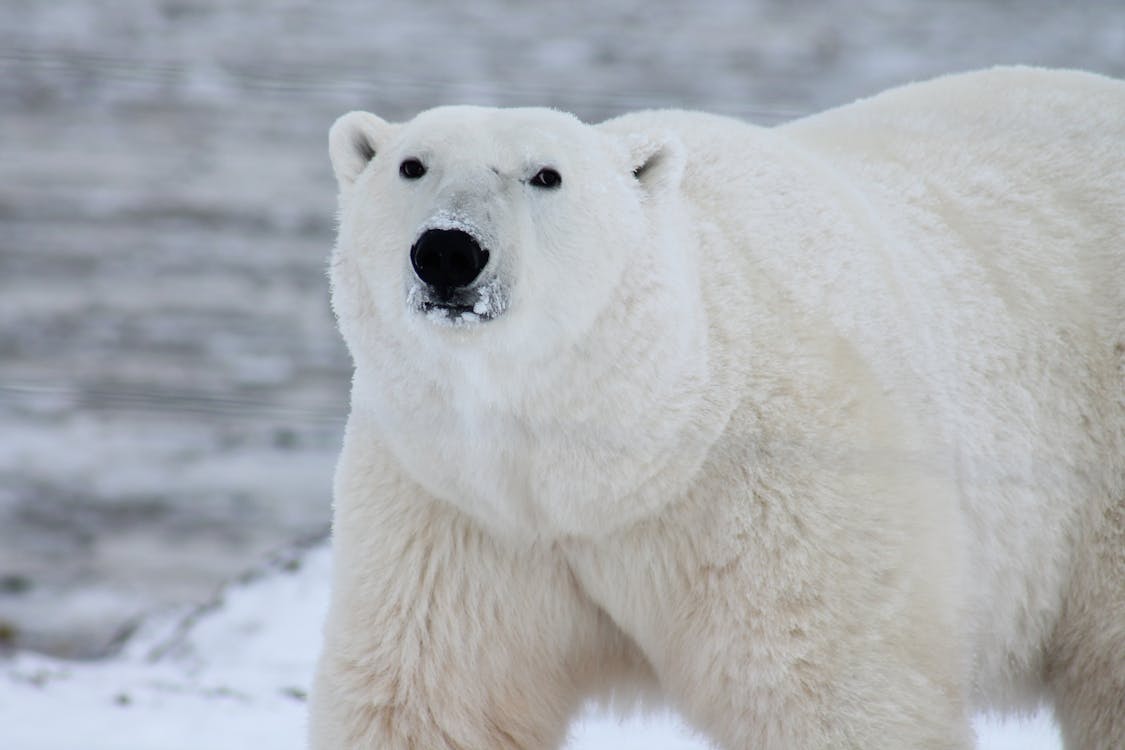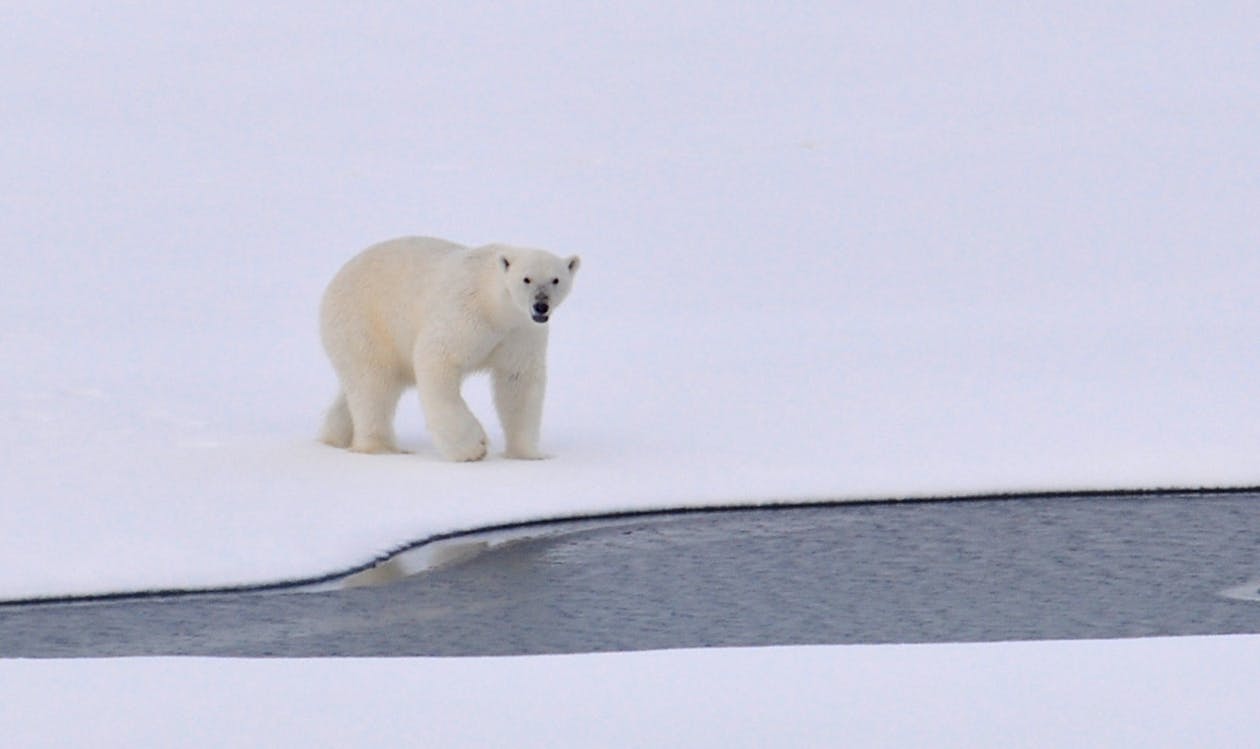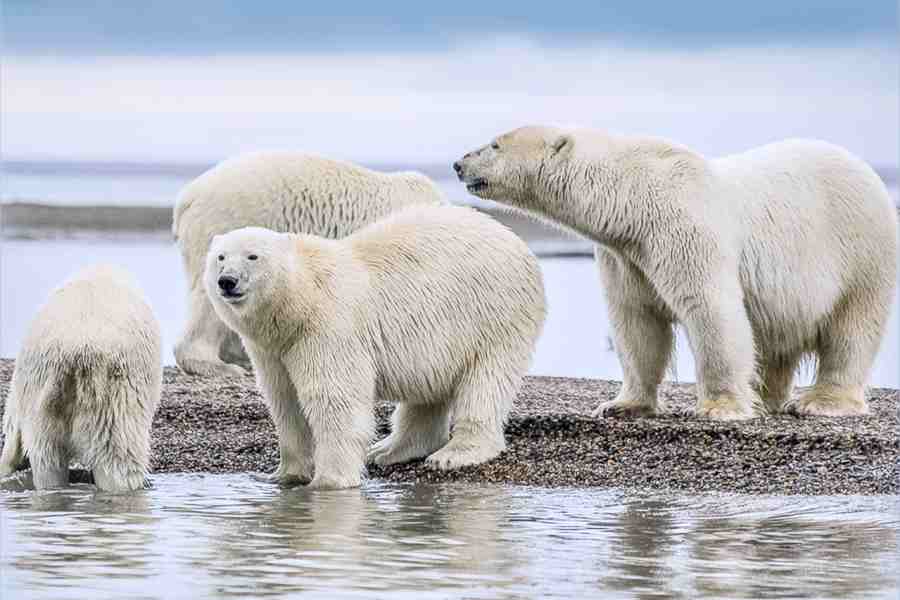Mon 26 December 2022:
According to a recent government survey, polar bears are rapidly disappearing from the western part of Hudson Bay at the southernmost point of the Canadian Arctic.
Particularly, the number of female bears and their cubs has dramatically decreased.
Every five years, scientists have flown over the area, which includes Churchill, a popular tourist attraction dubbed the “polar bear capital of the world,” to count the bears and estimate population trends.

They observed 194 bears during the most recent survey, which was conducted in late August and early September 2021, and based on that count, they calculated that there were 618 bears overall, down from 842 five years earlier.
“Comparison to aerial surveys estimates from 2011 and 2016 suggests that the WH [Western Hudson Bay population] may be decreasing in abundance,” the study said.
It also “revealed significant declines in the abundance of adult female and subadult bears [cubs] between 2011 and 2021”.
“The observed declines are consistent with longstanding predictions regarding the demographic effects of climate change on polar bears,” the researchers said.

They also cited possible displacements of bears to neighbouring regions and hunting for the population decline.
The bears’ sea-ice habitat has been disappearing at an alarming rate, with the far north warming up to four times faster than the rest of the world.
The sea ice has become less thick and is breaking up earlier in the spring, as well as freezing later in the fall.
The bears rely on the ice for foraging for seals, movement and reproduction.

According to the US National Snow and Ice Data Center, the bay’s summer ice pack has shrunk by close to 50% during the 1980s.
There were 1,200 polar bears on the western shores of Hudson Bay in the 1980s, according to a paper that appeared in the journal Nature Climate Change two years ago. This tendency, the report suggested, might result in the creatures’ near-extinction.
A “vulnerable species,” according to the International Union for Conservation of Nature, is the polar bear. The United States government categorized the species as threatened in 2008, in part due to the impact of global warming, which continues to limit its habitat.
SOURCE: INDEPENDENT PRESS AND NEWS AGENCIES
___________________________________________________________________________________________________________________________________
FOLLOW INDEPENDENT PRESS:
TWITTER (CLICK HERE)
https://twitter.com/IpIndependent
FACEBOOK (CLICK HERE)
https://web.facebook.com/ipindependent
Think your friends would be interested? Share this story!





